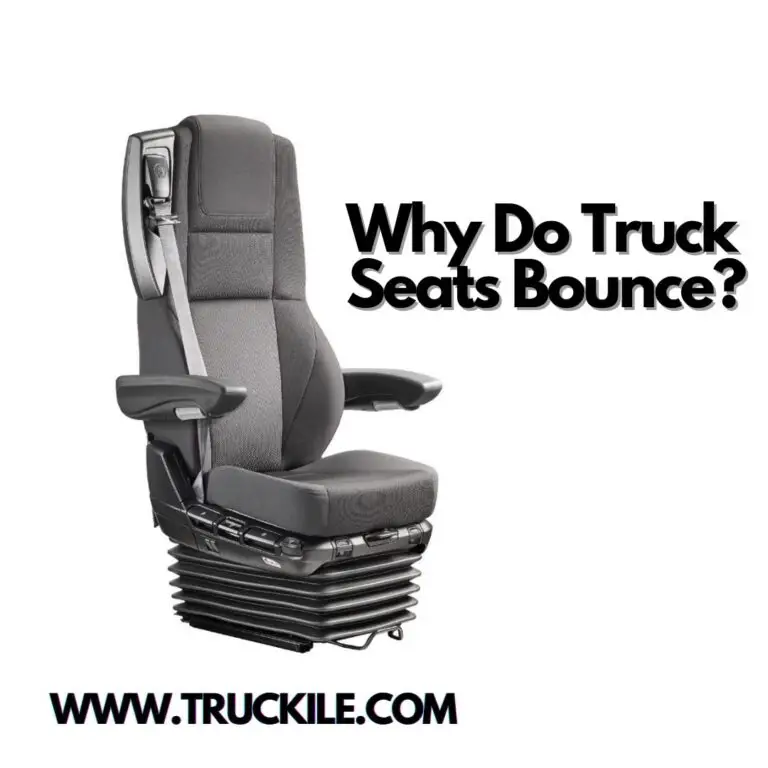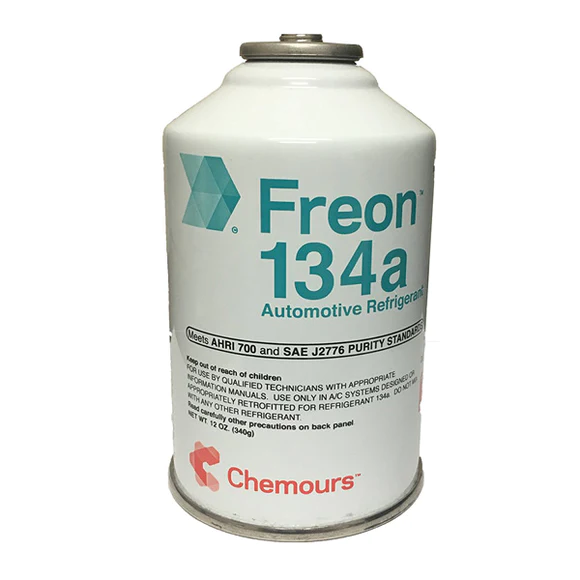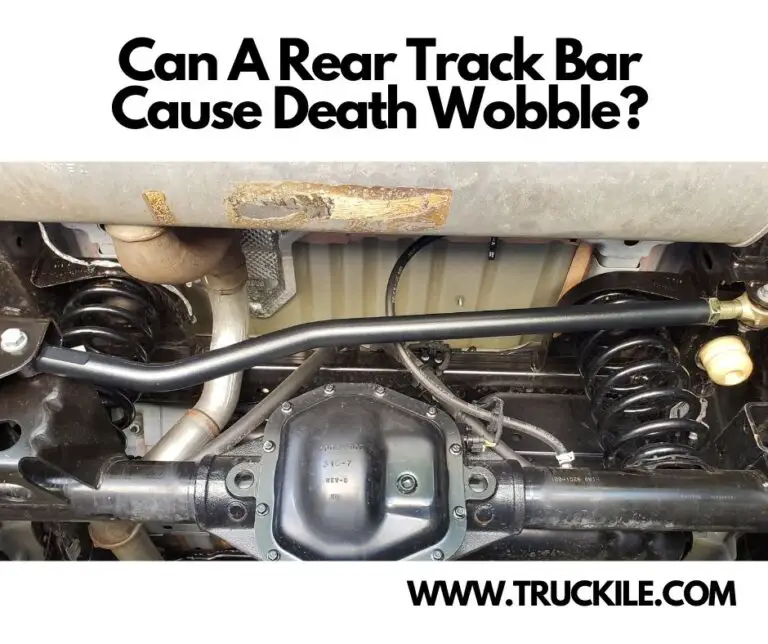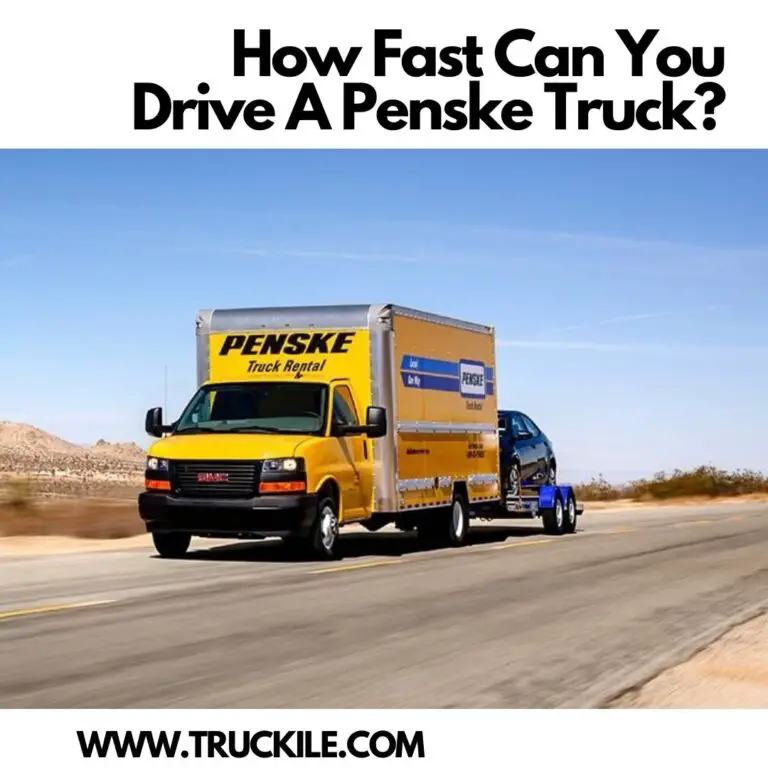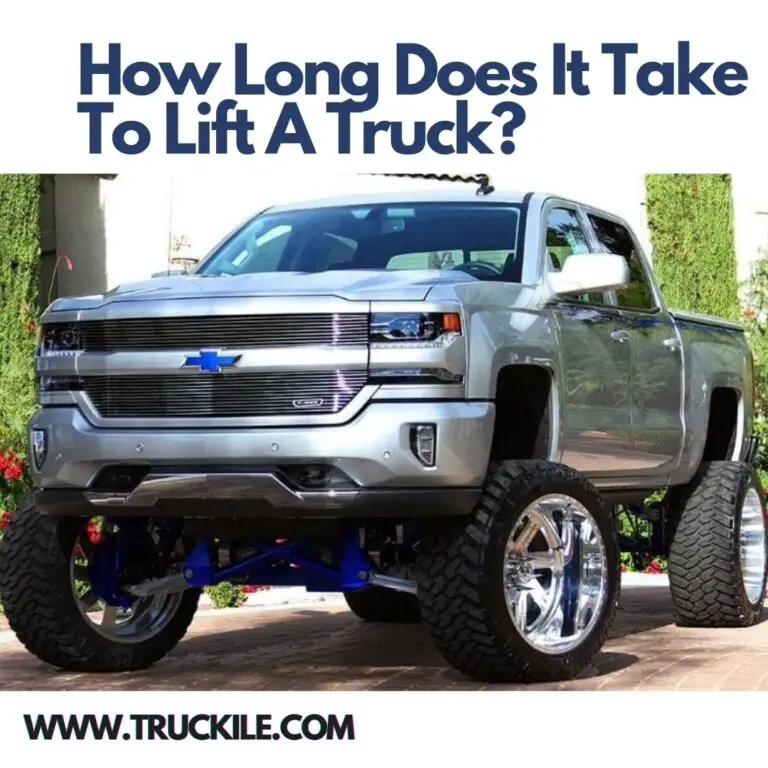Do You Need A CDL To Drive A Ford F650?
If you are harboring it in mind to begin a new career in trucking, then we can say you have probably been making research on how to enroll in CDL classes. So, it’s normal for a Ford F650 truck owner to ask, “Do You Need A CDL To Drive A Ford F650?” — because the D & L in CDL is Driver’s License.
Do You Need A CDL To Drive A Ford F650?
You really don’t. Unless you’re hauling commercially, you’re not required to have a CDL with any kind of truck. That’s simply the answer to this question.
The CDL — Commercial Driver’s Licence — is what’s obtained by those drivers who want to drive professionally. The Department of Transportation requires that all drivers obtain this. There are programs that offer CDL classes — and these programs include technical schools and community colleges. As for the CDL training, it lasts for about a couple of weeks. Are you already asking “what does it include?”? Well, the answer to that is: classroom preparation and behind-the-wheel training. The truck drivers, taking the classes, will eventually have to participate in a series of exams — written exams — and skill tests in order for them to be officially issued a CDL permit.
You need to know that acquiring the permit is the very first step one has to take, in one’s journey of landing the first driving job with a trucking carrier. Before enrolling for the CDL classes, below are everything you need to know.
What’s The CDL?
 If you are a student, and you have the intention of becoming a professional truck driver, then you’d have to go through the possible process to earn a Class A CDL. In addition to the Class A CDL, there are other numerous classes of the CDL — and we’ll disclose them as we continue. The kind of truck you’re permitted to drive is highly dependent on the type of CDL you acquire. Making sure you qualify stands as the very first step.
If you are a student, and you have the intention of becoming a professional truck driver, then you’d have to go through the possible process to earn a Class A CDL. In addition to the Class A CDL, there are other numerous classes of the CDL — and we’ll disclose them as we continue. The kind of truck you’re permitted to drive is highly dependent on the type of CDL you acquire. Making sure you qualify stands as the very first step.
The minimum standards have been set by the Federal Motor Carrier Safety Administration — standards that the various states must adhere to, regarding the CDL. It’s, also, the sole responsibility of the state to issue the license itself. This covers the reason the requirements in one state can vary from that of another. Every one of the states is completely in charge of the license fee, application process, renewal cycle, and renewal procedure.
Requirements
There are a few requirements regarded as “universal requirements,” needed to be eligible for the CDL. One of the requirements is: it’s compulsory that all applicants must have clocked 18. And, from the state in which they’re training, they must have a valid driver’s license. It’s also a requirement submitting your records of driving from the preceding three to five years. In terms of evaluating medical fitness before the applicants can count themselves “qualified” for the CDL, different states may request to see different physical requirements — slightly different physical requirements.
Most of the trucking carriers or CDL programs out there often request to see a clean 3-year motor vehicle record.
This means that you must have no record of accidents, DUIs, suspensions, or speeding tickets during the period. You’ll experience more leniency from some companies than the others — and the leniency would revolve around them urging you to reapply in the future. Also, applicants won’t skip the part where they have to pass a background check, physical examination, and drug screening.
Training
Attending the CDL classes will expose you to a variety of classroom studies and serious hands-on driving training. It’s expected of students to familiarize themselves with the concepts and machinery on the road. When you start taking classes, the driving techniques and topics that will be covered include highway driving, city driving, turning and backing up the truck, close-quarters driving, road signs and rules, and a host of others.
In addition to the topic just mentioned, applicants will as well learn a range of a few other helpful techniques, and they include trip planning and routing, state and federal laws, trucking industry information, materials and cargo, managing logbooks, safety, and first aid, and more. Another amazing and profitable skill you are likely to learn in most programs out there is coupling and uncoupling a trailer. Again, it’d be a big plus for you, if you add “understanding pre- and post-trip inspection” to the list of skills you learn.
CDL Classes
In CDL programs, there are about three CDL classes that you must attend in order to operate different kinds of motor vehicles. This will go a long way in determining the kinds of trucking jobs you’ll be eligible for, in the future. Here are the three CDL classes:
- Class A: You have to take this class to be able to operate any combination of vehicles that comes with a Gross Vehicle Weight Rating (GVWR) of 26,001 pounds or even more, given the towed vehicles’ GVWR is 10,000 pounds in excess. The vehicles you must take this class — in order to get the class A license — for are primarily tractor-trailers that embark on long-distance trips.
- Class B: You have to take this class to be able to operate any combination of vehicles that comes with a Gross Vehicle Weight Rating (GVWR) of 26,000 pounds or even more, or any of such vehicle towing another vehicle that has a GVWR that doesn’t exceed 10,000 pounds. The list of vehicles that are likely to require a Class B CDL license includes garbage trucks, delivery trucks, buses, tow trucks, and dump trucks.
- Class C: There are vehicles — or combination of vehicles — out there that don’t meet the criteria of Class B or Class A, and specifically, this category of vehicles is designed to transport a minimum of 16 passengers or is used to transport materials — those materials that are classified as hazardous in the Hazardous Materials Transportation Act.
To add to the license, a CDL holder can go in to complete and pass additional testing in order to receive some endorsements. Taking part in the aforesaid prepares you for trucking jobs — the specialized trucking jobs precisely. You can decide to either gain them together with your CDL license or along the way, add them later. Below are the following endorsements:
- T: Double/Triple Trailers – requires knowledge test only
- P: Passenger – requires knowledge and skills tests
- N: Tank vehicle – requires knowledge test only
- H: Hazardous Materials – requires knowledge test only
- X: Combination of tank vehicle and hazardous materials endorsements – requires knowledge test only
- S: School Bus – requires knowledge and skills test
Finding A Good CDL Program
For you to ensure CDL classes are completed, it’s necessary you find for yourself a solid program. It’s quite important you put the practicality & cost of the program and the quality of the training into proper consideration before taking the step of applying for the program. If you’re searching for where CDL classes are offered, you’d find them at dedicated community colleges and truck driving schools. There are a few carriers that may just offer to help you achieve your goal of obtaining your CDL in return for investing your time and effort into working with them for a given period.
Ensure that you put every one of the programs into consideration before making your decision around which program type that’d best suit you.
It’s a fact that you won’t skip the two factors — location and cost. Anybody would want to search for CDL classes located close by — but if the better choice isn’t close to you, it’s advised you go for it, regardless of the location. The cost attached to a good program is quite considerable: you can put paying between $4,000 to $10,000 for the CDL training into your expectations. The available grants and every other financial options, which are of a good number, compensate for the shortage of drivers — so before you decide to drop a pretty penny, make sure you do your research.
On the chart of the most important things to consider, “the quality of training” has its place at the number 1 spot. Remember, the length of a good program is about 160-200 hours or several weeks of training.
If you come across programs that offer a CDL within a week or two, consider such programs as “too good to be true” — because it’s probably so.
Getting enough time behind the wheel is something you’d want to experience in your CDL classes, although it’s beneficial to be involved in set observational time. The things that stand as strong indicators, proving the program’s quality, are the quality of the instructors and the student-to-instructor ratio. Usually, the people tagged “good instructors” are current/former industry specialists or drivers. A lot of programs will put up some kind of job placement or maybe networking service which can give you your very first truck driving job.
Taking The Test
After you have successfully concluded your training inside the CDL classes, it’s time you would have to take the exams. You will acquire the Class A CDL by getting a pass mark in a couple of exams, which isn’t the same in the various states. In most of the states, these consist of tests on combination, air brakes, and general knowledge. In addition, it’s mandatory that you pass a CDL driving test. Usually, this is just a 3-part exam that includes a basic control skills exam, driving test, and pre-trip inspection test. You have to carry out the skills test at either an approved third-party test site or a state CDL test site in the testing state.
Once you have passed the skills test, you’ll be given, issued — from the state — an actual CDL license.
Do You Need A CDL To Drive A Ford F650 – Conclusion
As a quick recap, here’s our response to the question — Do You Need A CDL To Drive A Ford F650:
You really don’t. Unless you’re hauling commercially, you’re not required to have a CDL with any kind of truck. That’s simply the answer to this question.
Thanks for reading.

Joe lives and breathes cars and trucks. After many years working in the Auto industry, he decided that it is only right to share his knowledge with the public. As a qualified expert in trucks and cars, he started working for Truckile.com and is the main editor and publisher.

